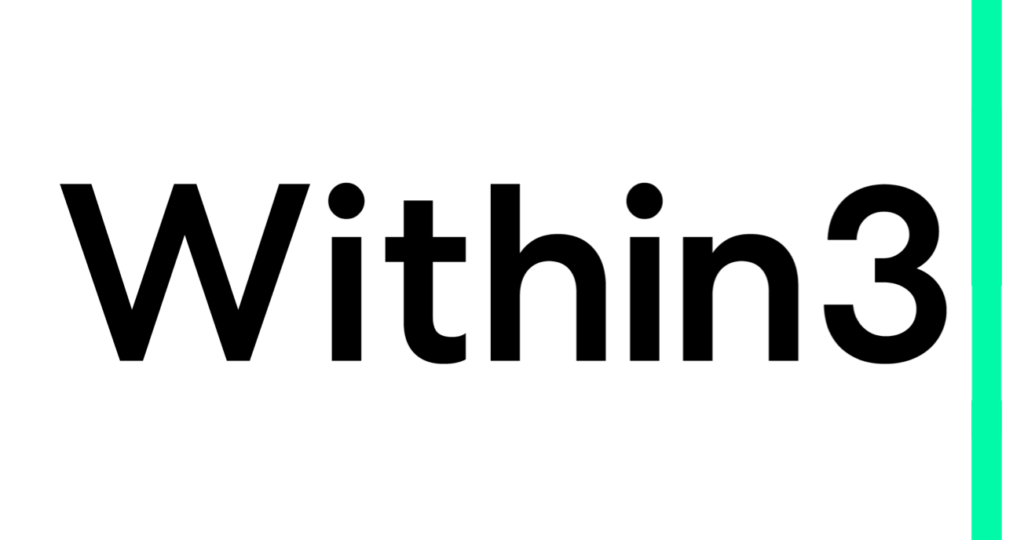In the next decade, some of the world’s top-selling drugs will face patent expiry and challenges from generics and biosimilars. These include the world’s top drug by sales, AbbVie’s Humira (2023), along with Merck’s Keytruda (2028), Bristol Myers Squibb’s Revlimid (2025/2026), and a host of other billion-dollar blockbusters. How can teams maximize market exclusivity to achieve commercial success in pharma?
Commercial success for new pharmaceuticals is directly tied to the time a therapy is on the market and available for prescription before its patent expires. And while big pharma players like AbbVie, Merck, and BMS may already be shopping around for their next greatest hits via acquisition, some teams are looking inward to understand where they can optimize operations and accelerate their work.
Focus on agility in preclinical work
Some aspects of pre-clinical testing are immune to acceleration. Still, study directors and their sponsors or clients may be able to shorten timelines for contracting, study, and protocol design using an insights management platform.
Much of the work at this early stage involves tracking and documenting processes, particularly around contracting and protocol development. Teams can move some of these processes to fully compliant digital platforms custom-designed for life science, providing a single source of truth for ongoing discussion, data review, and sharing resources.
Once underway, preclinical studies may need to course-correct based on early observations and insights that could derail the study, potentially adding a substantial number of costly days to a product’s commercialization journey. When observations are collected in one place and ideally paired with tools like natural language processing or sentiment analysis, the need for changes can be identified, shared, and approved by the sponsor or customer, study director, quality assurance staff, and testing facility management more quickly.
Accelerate study enrollment
About 85% of clinical trials fail to meet their recruitment goals, compromising study data quality and development timelines while potentially adding nearly a year of delays. In our work with clients, we’ve developed and road-tested strategies to help teams develop successful protocols, meet enrollment goals, and increase patient retention.
One client wanted to recruit 700 patients for a phase 3 randomized oncology trial intended to run in several countries simultaneously. This type of cancer is notoriously challenging in study recruitment due to patient concerns about side effects, lack of resources, and overall lack of awareness.
Our client knew that another reason for sluggish recruitment was poor site engagement. They developed a plan to train and onboard sites quickly in the Within3 platform, which allowed participants to use their preferred language without travel, and on their schedule. With well-trained trial sites engaged correctly, the client met their recruitment target earlier than expected.
Investigate expanded indications
Novel pharmaceutical therapies often show efficacy in conditions or diseases other than those for which they were initially designed, developed, or intended. While hurdles to regulatory approval of expanded indications exist, efficient insight generation for new indications and market exclusivity is worth the investment in validating new uses of existing therapy.
McKinsey has reported on integrated evidence-generation plans (IEPs) used by some companies to manage evidence-generation across a product’s life more effectively.
“An IEP identifies evidence gaps across functions, geographies, and the asset life cycle to meet the needs of external and internal stakeholders. And it aligns priorities and resource allocation to fill those gaps. As a result, an IEP can hold down drug-development costs for an asset’s primary indications and the costs for indication expansions through the judicious use of [real-world evidence] in lieu of costly [randomized clinical trials].”
What if early-stage R&D staff could share information identifying prospective indication expansion more quickly, or field teams could identify and share unexpected patient benefits from new therapies in near real-time? Insights management technology can help teams see trending or directional information that may warrant further investigation.
Finding speed in slow places
Safety and efficacy can’t be rushed, and in many cases, pharma teams are beholden to necessarily long timelines. But with maturing technology and pharma’s renewed appetite for digital transformation across all parts of the organization, teams may find some hidden efficiencies – and increased speed – among rigorously defined processes.
Inefficient processes contribute to the life science insight gap – a costly phenomenon that could impact your team’s success. What is the insight gap in life science? Download our infographic.







